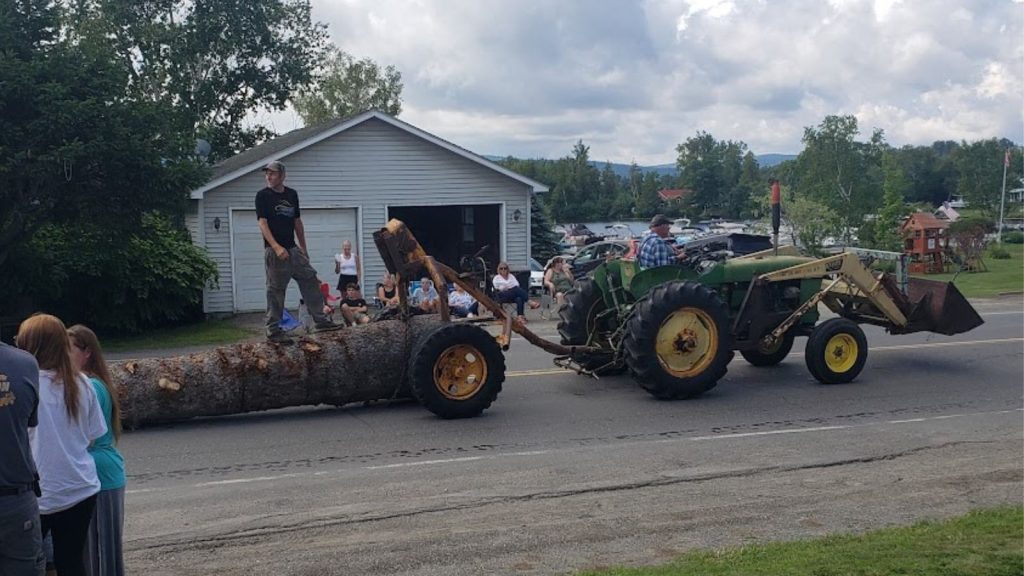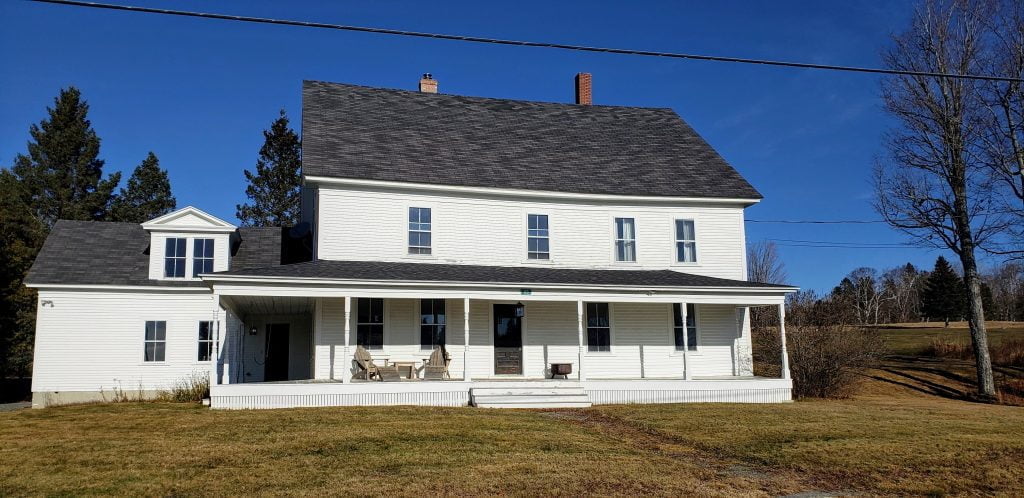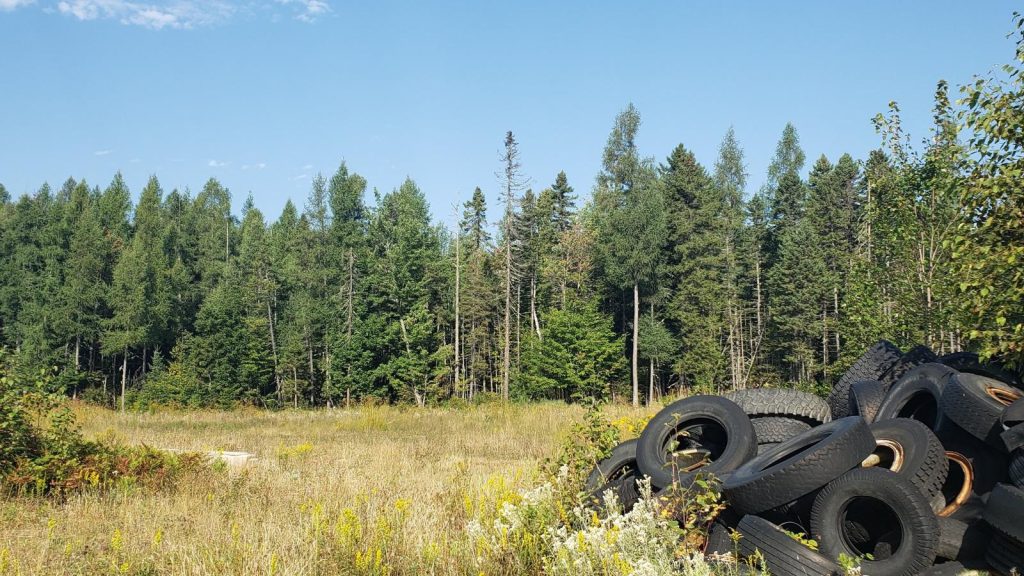Rural shopping can be challenging for you if you are not used to it. The stores are few, and the selection is usually pretty limited. However, there are some things you can do to make the most of your rural shopping experiences in a rural area.
With a bit of planning and creativity, you can find everything you need—and maybe even some things you didn’t know you needed. Here’s how best to shop when you live in a rural area:
1. Make Your Shopping List—Check It Twice!
Before heading out to the store, sit down and make a shopping list of everything you need. This will help you stay focused while you’re rural shopping. It also makes sure you don’t forget anything important. It could be a long ride back to the rural grocery stores.
It’s also a good idea to check your list twice before leaving the house to ensure you don’t miss anything. However, with rural shopping, the stores may not always be open like they are in the cities.
You don’t want to have to gas up again to go out for another hour or more ride to the market, adding to the cost of the shopping itself.
2. Shop Around Before Purchasing
When living in a rural area, it’s important to compare prices at different stores before making big purchases. Gas is usually (but not always) cheaper in rural areas, but groceries and other necessary items can be more expensive.
By shopping around, you can make sure you’re getting the best deal possible on everything you need. However, in some rural areas, you may not have choices unless you shop online or grow your food.
However, when you see something on sale, as I did with butter this past week, you see that I purchased double what I needed to keep it in stock. Why pay $6.99 for butter when you can get it for $3.99 on sale?
But like with eggs, if you don’t use them up quickly you are best NOT to stock up as they will most likely have to be thrown out as they go bad. Of course, you could use eggshells in your garden.
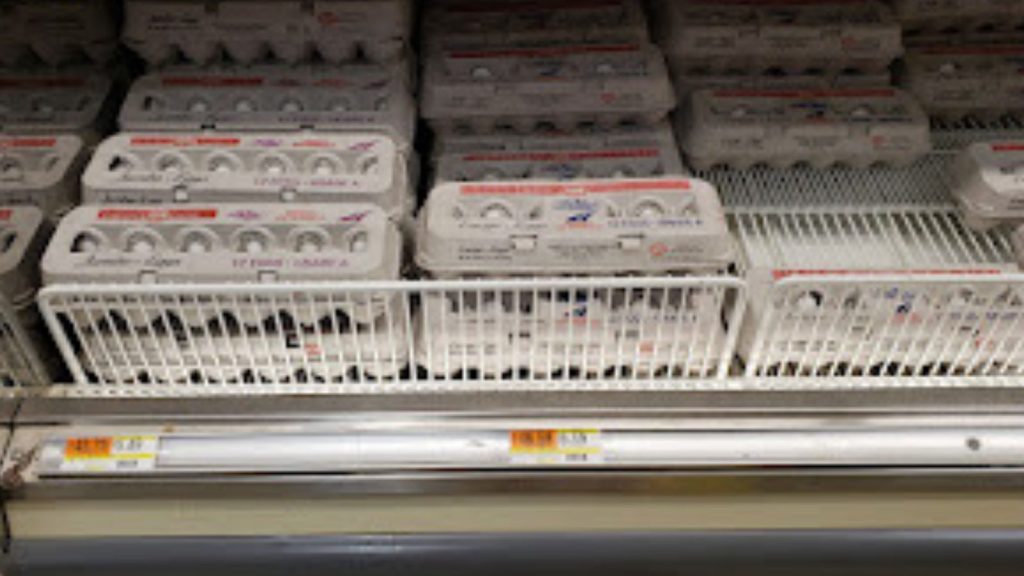
3. Get Creative With Rural Shopping
There’s no shame in getting creative when shopping in a rural area. If your local grocery store doesn’t have the specific type of cheese you want, ask the manager if they can order it for you.
Or, if there’s an item you need at the local stores who does not carry that, try ordering it online and having it shipped to your home.
With some ingenuity, you can find anything you need—even in a rural area! Some local farmers and hunters may sell food in the area. Ask around, and you may find more places to shop for things you didn’t know were nearby.
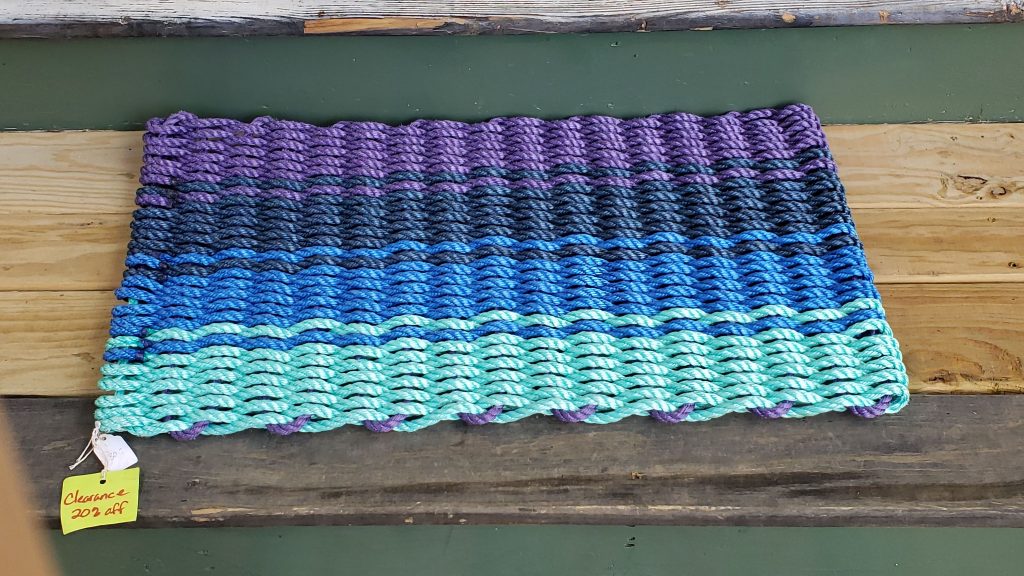
The picture above of a Maine rope mat was purchased at a local craft fair in town. Where we live, there is a month-long “mud season,” and these rope mats are needed to wipe off boots and shoes before entering a home.
These local shows can be the best places to find things for your rural area living. I try to do rural shopping at these local craft events, especially for holiday gifts.
4. Know Your Limitations
Finally, it’s important to know your limitations when shopping in a rural area. If there’s an item that’s just too difficult or expensive to find locally, don’t be afraid to drive into town or order it online.
By being realistic about what’s available in your area, you can avoid frustration and disappointment when shopping for groceries or other necessities. I call before going out on a long ride to be sure the store will be open that day.
Sometimes, if they have no help, they may shut down for a day or two.
I had an aunt when she first moved out west to a rural area; the pasta was limited. She could only find elbow macaroni and spaghetti. She could not find canned tomatoes from Italy like she used to get back on the East Coast.
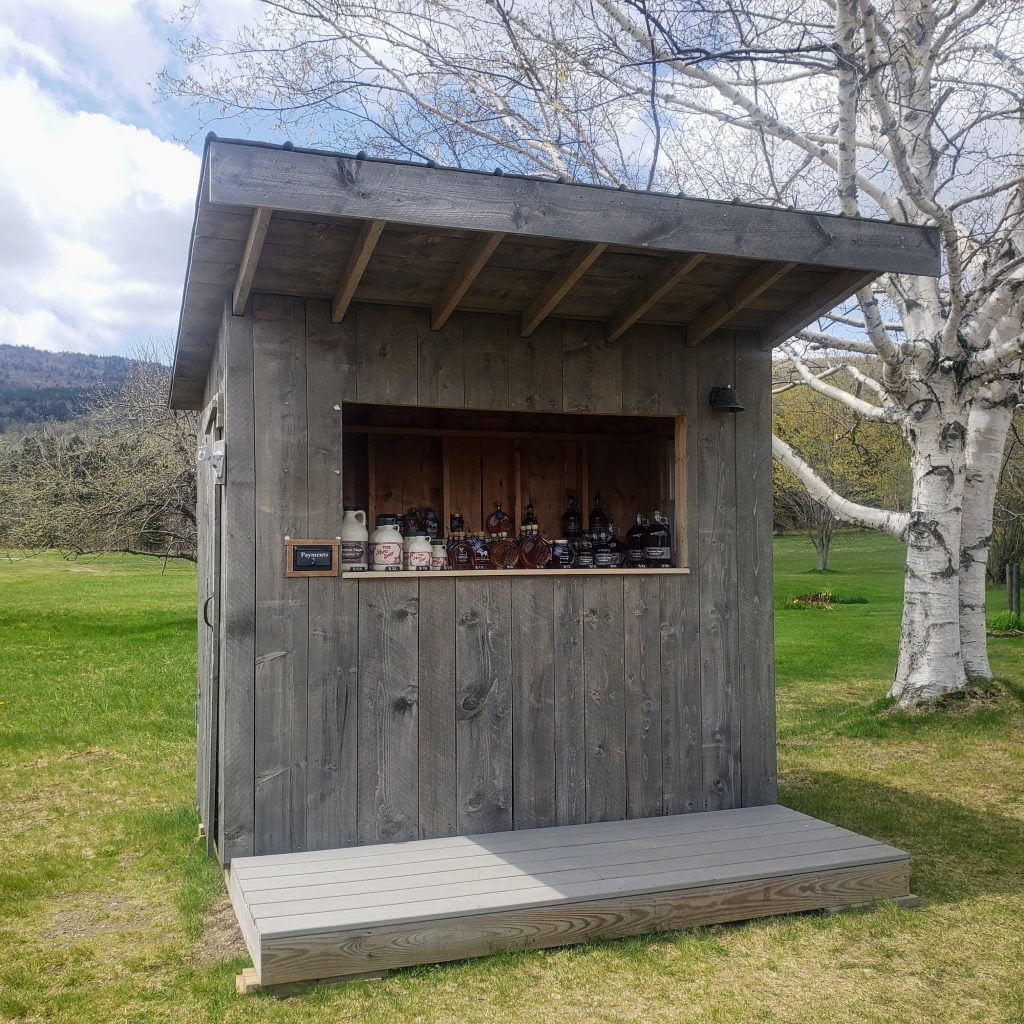
5. Stock Up For Rural Shopping
One of the best things you can do when shopping in a rural area is to stock up on items when you see them. This may mean buying in bulk or simply purchasing more than you need at the time, but it’s worth it.
It avoids making multiple trips into town for groceries or other necessities.
Of course, you don’t want to go overboard and end up with an abundance of non-perishable goods you’ll never use, but it’s always better to err on the side of caution.
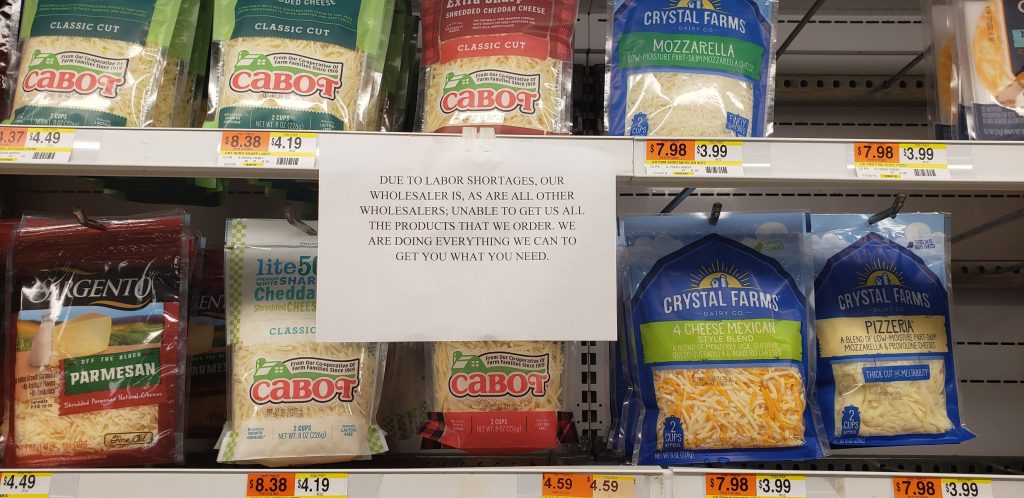
And, who knows? Maybe you’ll enjoy having a little extra food around the house.
6. Shop Online
Last but not least, you can plan and order things online. Of course, some areas may not receive deliveries as quickly as you would have in other areas of the country. You may not have postal delivery and need to go to a PO Box to pick up your mail as I do.
Shopping online has been a godsend because we get a lot of snow in the winter. Who wants to drive an hour away to shop when you can shop online? If you do shop online, check out this article about using Lolli and earn free bitcoin while you shop.
7. Drive Further If You must
Sometimes, you may have to drive further in a rural area, as we do for medicines. We try to make a day out of our rural shopping and stop for lunch. Other times, we may explore nearby rural areas along the way.
Payment Methods in Rural Areas
You may be surprised to hear that some of the local farms in our area are now accepting Venmo payments. Others accept credit cards and cash, and even one restaurant accepts Bitcoin. Venmo seems to be the most popular at the local farmers market.
After all, small local businesses in rural areas also have to make money to feed their families.
Conclusion of Rural Shopping:
Rural shopping doesn’t have to be difficult or frustrating—with some planning and creativity, you can find everything you need (and more!).
So next time you head out to shop, remember these tips and enjoy the experience—after all, there’s nothing quite like finding that perfect piece of produce at your local farmer’s market! What other tips would you add to this list for shopping?
